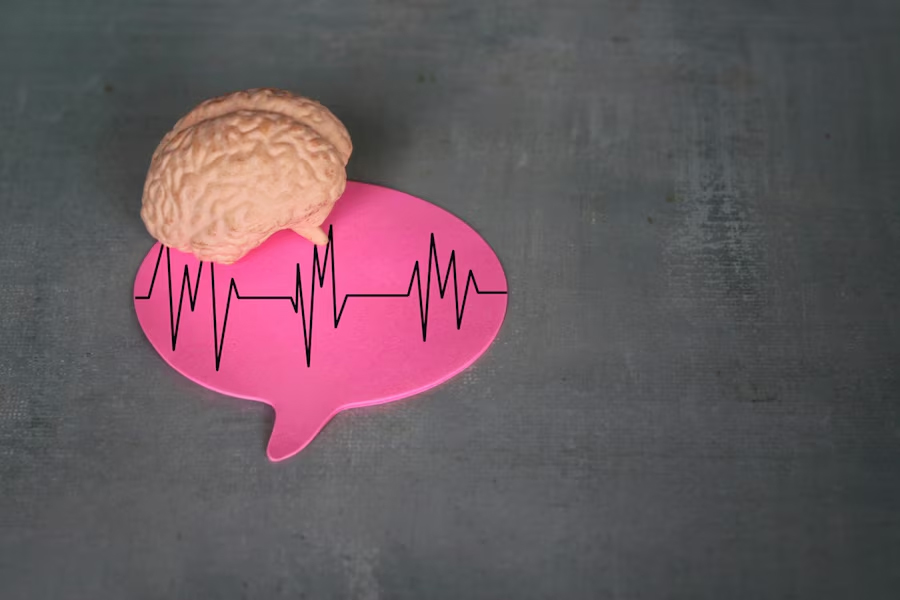
A stroke is among the most common and concerning neurological conditions worldwide. According to a recent report by the World Health Organization (WHO), more than 1 in 3 people are affected by neurological conditions, the leading cause of illness and disability globally. While those with pre-existing conditions like high blood pressure, heart disease, diabetes, smoking, and high cholesterol are at a greater risk, anyone can develop the disorder. Environmental factors like cold temperatures can also contribute to the risk, Dr Shruti Satish Vadke, Consultant—Neurology, Manipal Hospital, Baner, Pune, tells the OnlyMyHealth team. To understand better, we dive deeper into the connection between cold weather and the risk of strokes.
Table of Content:-
How Prevalent Are Strokes And Seizures During Winter?

According to the WHO Regional Office for the Eastern Mediterranean, 1.5 crore people worldwide suffer a stroke, of which 50 lakh die and another 50 lakh are left permanently disabled, placing a burden on family and community.
There are several types of strokes, including:
Ischaemic stroke is the most common type, which occurs when a blood vessel in the brain is blocked by a clot or plaque buildup.
Haemorrhagic stroke occurs when a blood vessel in the brain bursts, spilling blood into nearby tissues.
Transient Ischaemic Attack (TIA), also known as a "mini-stroke," is a warning sign of a future stroke that occurs when blood flow to the brain is blocked for a short time.
Dr Vadke says, "The cold season affects the body in many ways, and the occurrence of some neurological conditions increases in the winters."
He explains, "A stroke happens when a blood vessel that supplies the brain with oxygen-rich blood bursts or becomes blocked. This results in insufficient blood and glucose supply to the brain, and the resulting damage to brain tissues leads to neurological impairment," adding that the incidence and mortality rates of ischaemic stroke increase significantly in cold weather.
In fact, a 2016 study published in the Journal of Stroke and Cerebrovascular Diseases found that colder weather and bigger daily temperature changes increased the risk of stroke hospitalisations in the United States. Warmer temperatures seemed to lower this risk, particularly for older adults.
However, another recent study published in the journal Stroke explored how extreme temperatures impact stroke deaths across 522 cities in 25 countries and found that both very cold and very hot weather increase the risk of dying from ischaemic and haemorrhagic strokes, with low-income countries being more vulnerable to heat-related impacts.
Why Are People At Greater Risk Of Strokes And Seizures In Winter?

Some of the contributing factors that could lead to a higher risk of stroke during the wintertime include:
Blood vessel constriction: As the temperature declines, the human body tries to keep itself warm by a process called vasoconstriction. For this, the blood vessels in the skin along with the hands, feet, and face are narrowed, preventing heat loss. While this keeps us warm, the downside is a resistance created to the blood flow, which increases the blood pressure. An increase in blood pressure can result in the blood vessels in the brain bursting or becoming blocked and can lead to a stroke.
Blood thickening and dehydration: When the temperature decreases, the blood in the human body tends to become stickier and thicker. Additionally, in the winter, the air is drier and there is a chance of dehydration. The body loses water more quickly, which can result in thickening of the blood. However, such thick and sticky blood flows slower and may form clots. Such clots are very dangerous as they can block blood supply to the brain, which can result in a stroke.
Also Read: Why Are Chances Of A Stroke High In The Bathroom? How To Prevent
Limited or lack of physical activity: People tend to stay indoors and reduce their physical activity during cold temperatures, which can lead to weight gain. Such weight gain can result in obesity or high blood pressure, and both of these are major risk factors for strokes.
Stress: If a person is going through any stressful situations, hormones, such as adrenaline and cortisol produced in the body, can result in a rise in blood pressure, resulting in a stroke. Additionally, mental stress can weaken the immune system of the human body and make it more vulnerable to other illnesses.
Dietary changes:
Heavier and high-calorie food is part of the winter season. This can increase the risk of obesity, high cholesterol, and high blood pressure, which are common risk factors for stroke.
Respiratory Infection: There is an increased risk of the common cold and flu, especially in winter, which causes inflammation in the body and puts stress on the cardiac system, leading to an increased risk of stroke.
Other Neurological Conditions That Can Worsen During Winter

Many other neurological conditions can worsen in the winter, including:
Depression: The cold and the dark weather can affect some people mentally. This is a condition known as Seasonal Affective Disorder (SAD). This is caused by there being fewer hours of daylight, which affects brain chemicals that regulate the mood of a person. This can lead to sadness or fatigue, and a person might choose to withdraw from normal activities.
Temperature-Sensitive Seizures: For people who are dealing with epilepsy, sudden changes in the temperature can trigger seizures. For instance, reduced light exposure could influence seizure seasonality by inducing hormonal fluctuations, like melatonin or vitamin D.
Peripheral neuropathy: Cold weather constricts blood vessels, which can reduce blood flow to nerves in the hands and feet. This can lead to more pain and numbness.
Myotonia: Cold temperatures can make symptoms worse.
Neck and back pain: Cold weather can intensify neck and back pain, which is often nerve-related.
Fibromyalgia: Cold weather can exacerbate fibromyalgia symptoms, increasing pain and fatigue levels.
Carpal Tunnel Syndrome (CTS): Colder conditions can cause more swelling in the carpal tunnel of the wrist, increasing the severity of symptoms.
Steps To Take
Dr Vadke says, “The risk of neurological conditions increases significantly during the colder months because of changes in the body, surroundings, and behaviour.” Therefore, he recommends staying warm, maintaining comfortable indoor temperatures, drinking enough water, monitoring your blood pressure levels regularly, incorporating winter-friendly indoor exercises and activities in your routine, and having a healthy diet, including fruits, vegetables, and whole grains.
“Understanding these risk factors and adopting preventative lifestyle choices can significantly reduce the risks of cold weather and protect neurological health,” he concludes.
Also watch this video
How we keep this article up to date:
We work with experts and keep a close eye on the latest in health and wellness. Whenever there is a new research or helpful information, we update our articles with accurate and useful advice.
Current Version